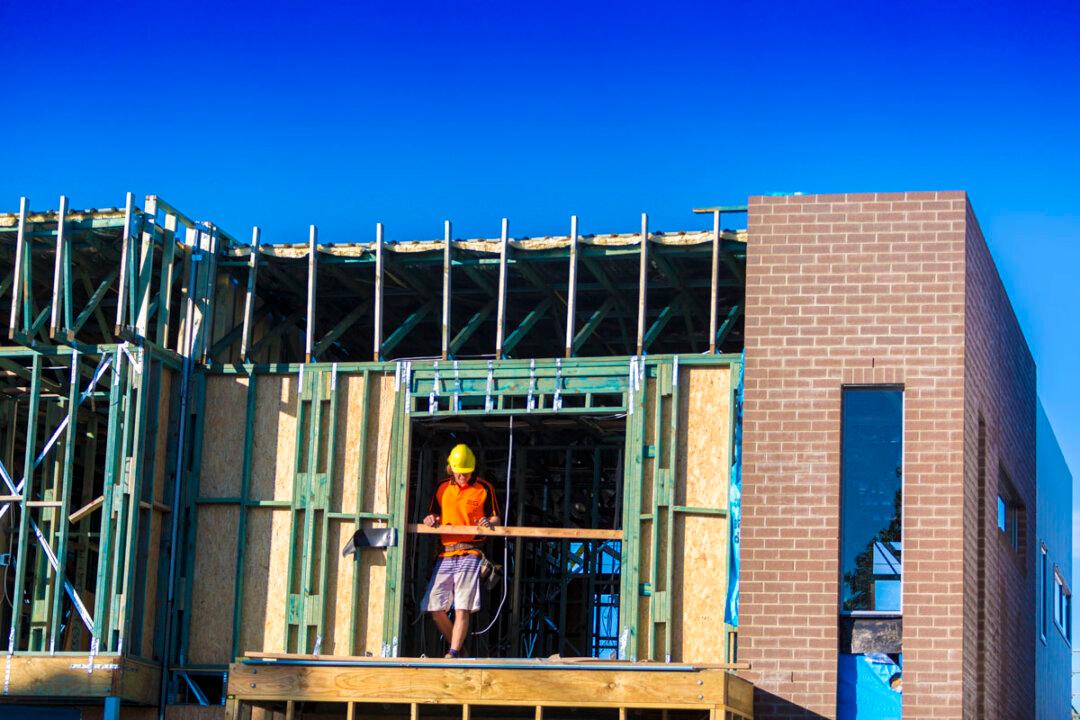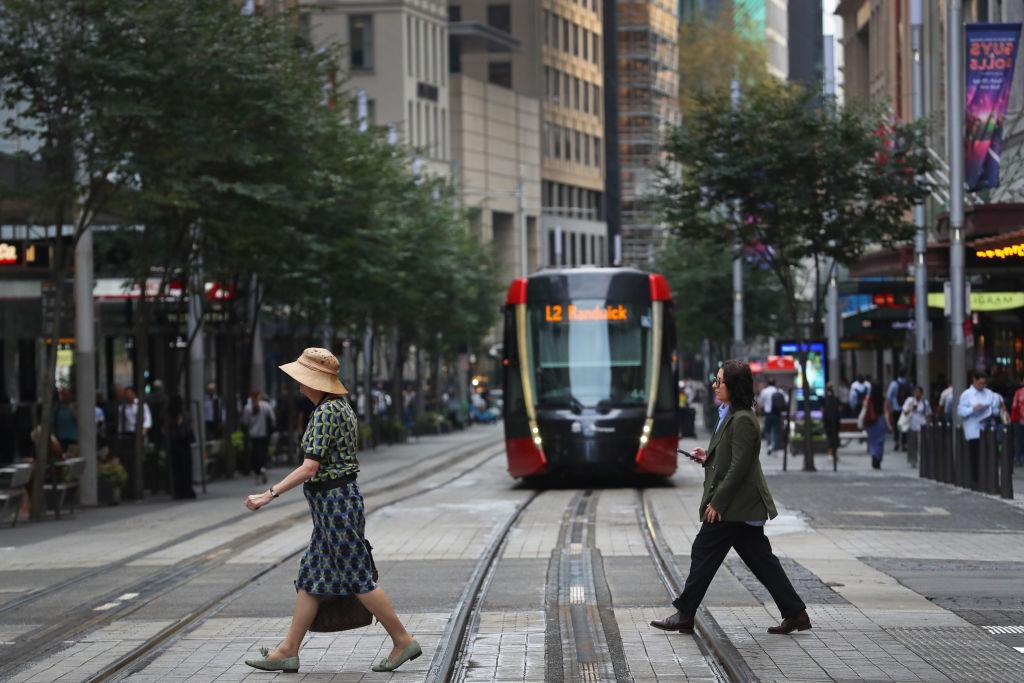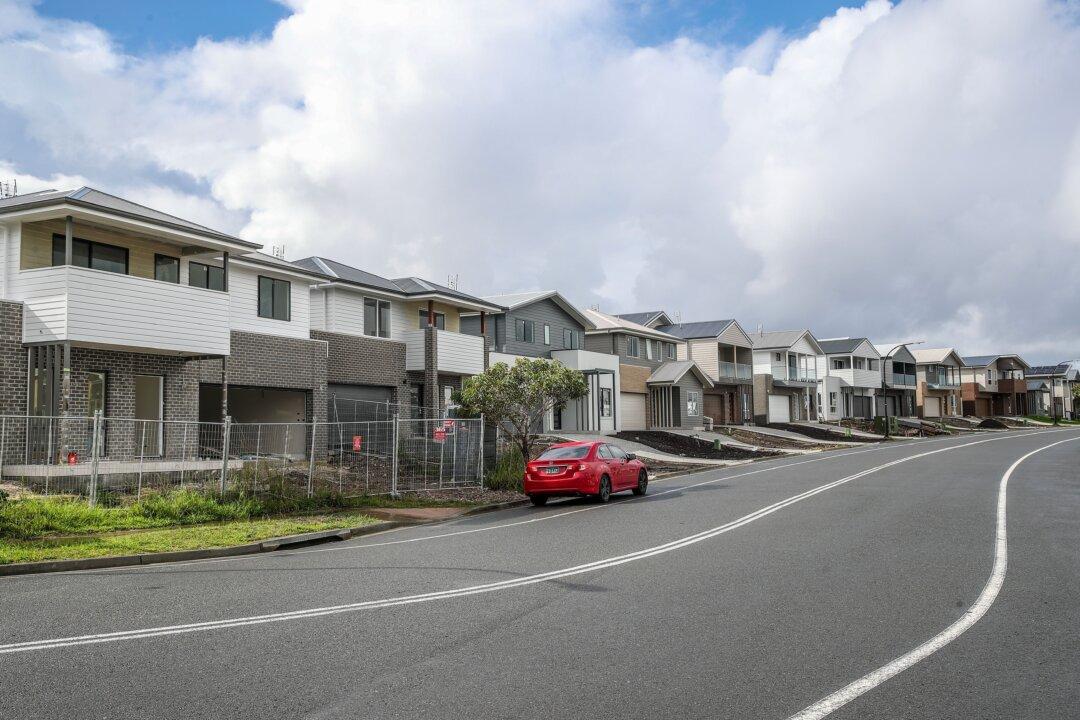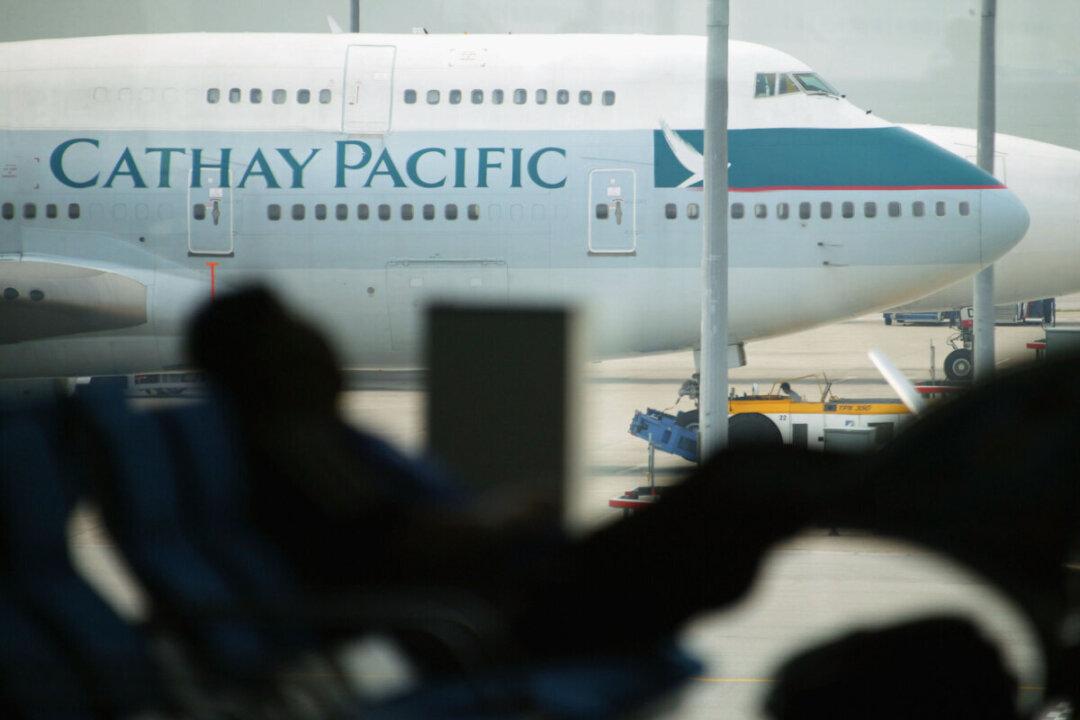Youth aged 16 to 17 years old who live in shared homes in major Australian cities are grappling with a rental affordability crisis, even with income support.
Homelessness Australia’s analysis shows that a 16- to 17-year-old teenager sharing property in Sydney spends 94 percent of their income on rental, albeit lower than 99 percent in the previous year.




